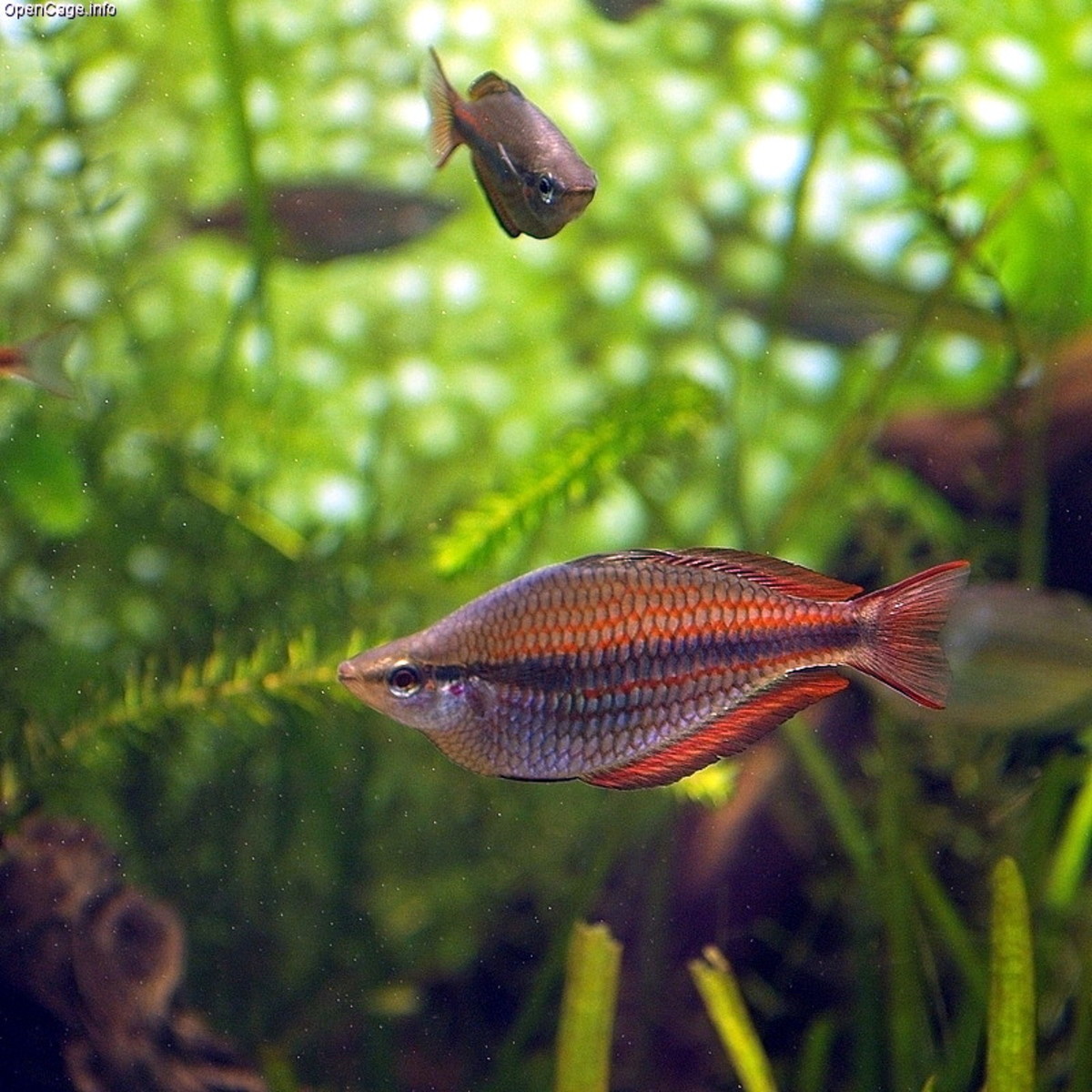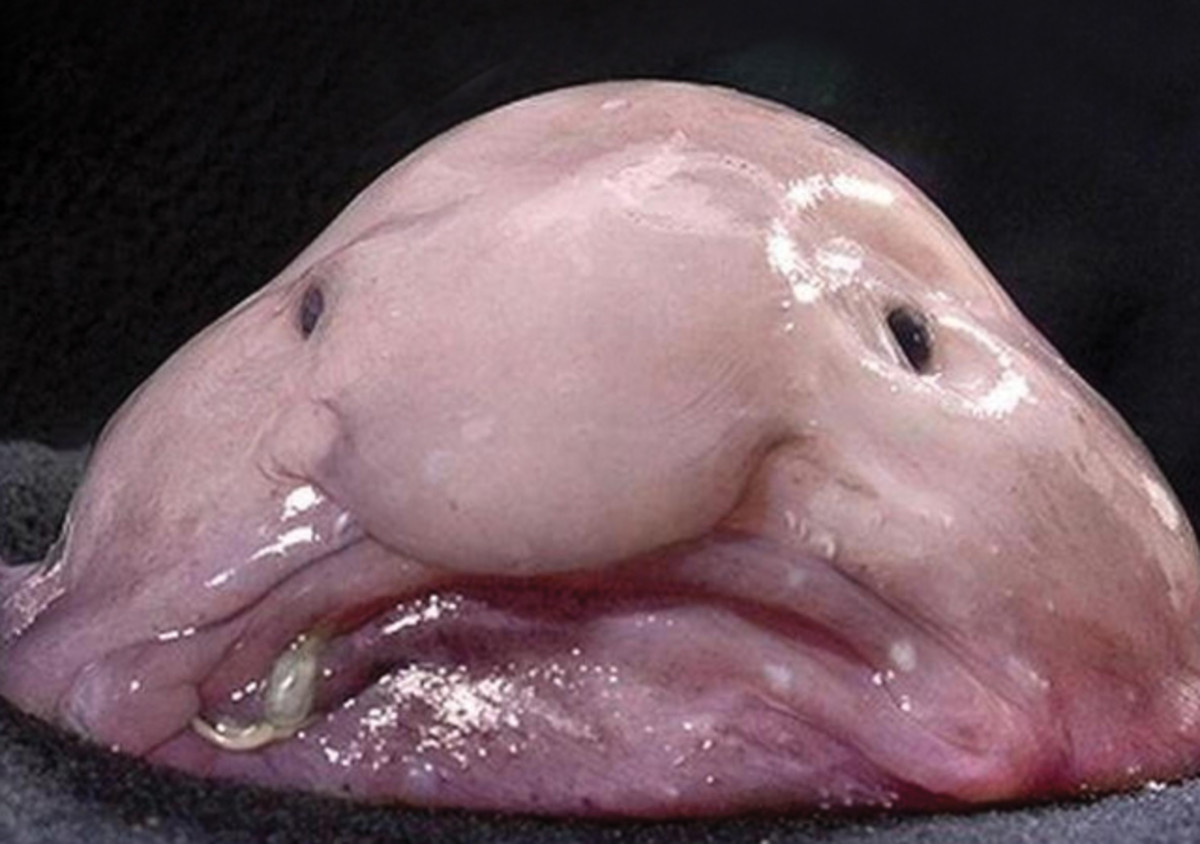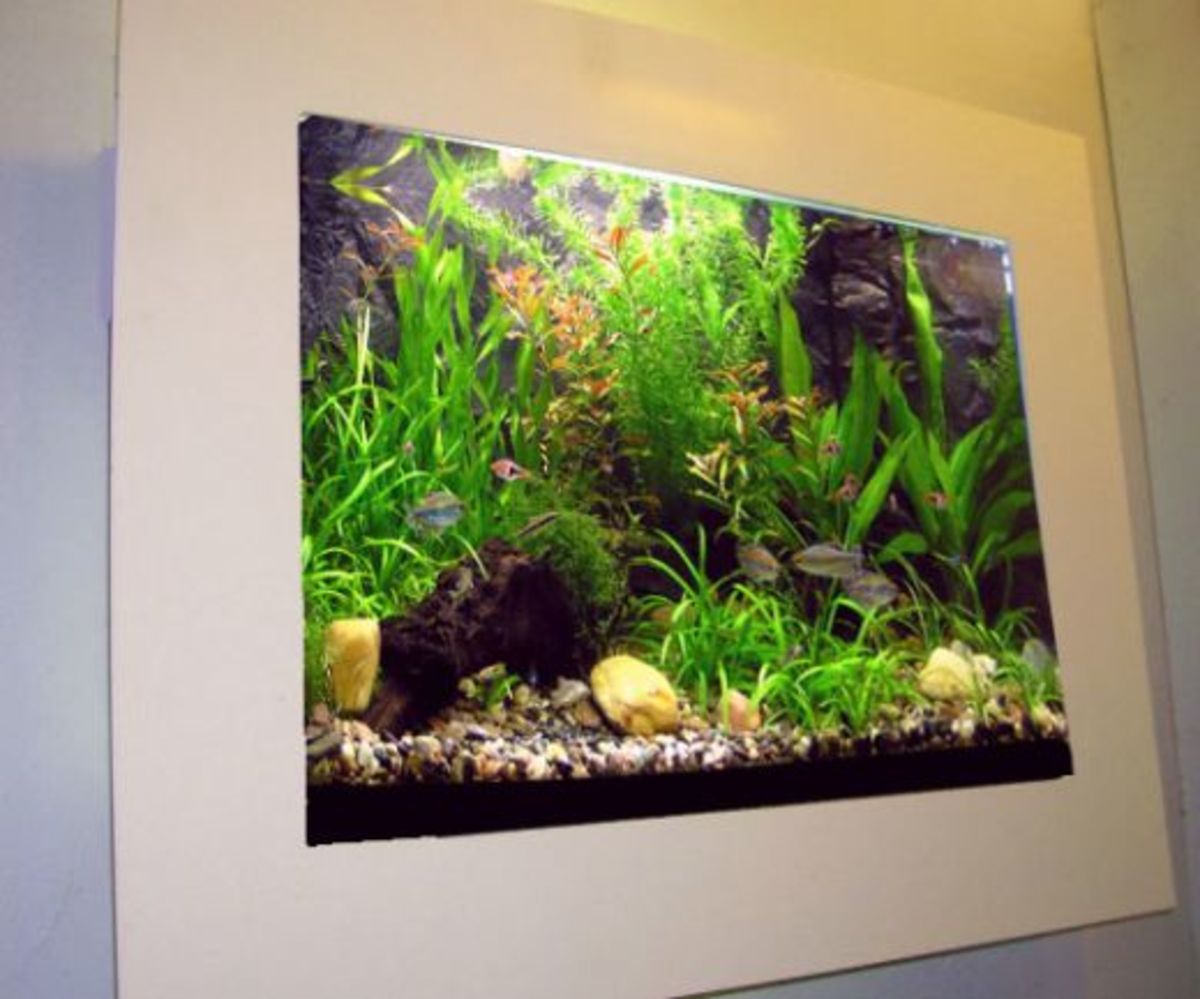Choosing a Substrate For Your Aquarium- Sand or Gravel?
Aquarium fish tanks are beautiful mini-ecosystems that depend on their substrate to thrive. This holds bacteria that keeps ammonia levels down and anchors aquatic plants. When choosing a substrate for your aquarium, there are several questions you need to ask yourself:
- How much am I willing to spend?
- What substrates are best for my species of fishes?
- Is it difficult to clean?
- Does it look good?
The two most common substrates are gravel and sand. These are economical and easy substrates to use. There are positives and negatives for having both, and it can be difficult to choose which one to buy. However, learning more about them will help you decide if you want sand or gravel.
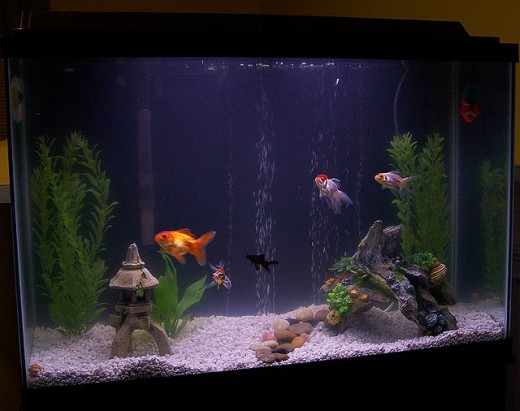
Gravel
Gravel is probably the most common substrate used in fish tanks today. Here are the pros and cons of using gravel:
Pros:
- Doesn't take long to prepare for placing in the tank- only a few minutes of washing and rinsing
- Won't affect the water chemistry
- Many different colors and sizes
- Debris from fish and plants isn't as noticeable as it falls between the rocks.
Cons:
- Harder to clean
- Doesn't look as natural as sand
- Can scratch delicate bottom dwellers, such as corydoras
- Doesn't hold up plants as well
Sand
Sand isn't used in aquariums as much as gravel, but many aquarists prefer it. Gases can build up below the sand, so you will need to stir it up every once in a while so it doesn't become toxic. Here are the risks and benefits to having sand in your fish tank:
Pros:
- Holds plants up easily as it is more compact than gravel
- Easier to clean (just scoop up the debris on the top and change part of the water)
- Looks more natural
- Can be a better choice for some fish, like bottom dwellers and those that enjoy digging
Cons:
- Can take a while to prepare for the aquarium as it will have a lot of dust mixed with the sand that needs to be rinsed out thoroughly
- Debris from the water will land and rest on the surface of the sand, so you will need to clean it up often or it will look unclean
- Some types of sand affect water quality
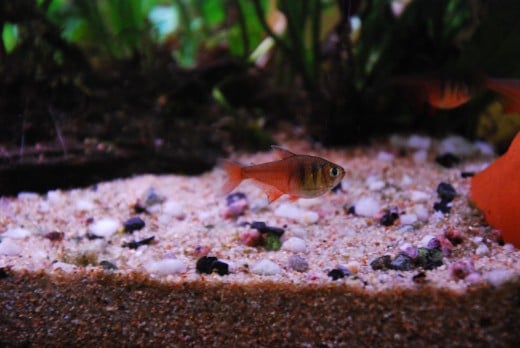
Tips
- Using a very pale substrate can reflect light from the aquarium hood and stress out fish. This can make them look washed out and unhealthy.
- If you are going for tank with live plants, fertilizer should be added to the substrate so the plants get enough food to thrive
- Be careful about cleaning out the substrate too thoroughly after the bacteria has been established, or you might wipe out the colony. This can cause the ammonia and nitrite levels to shoot way up and kill fish.
- When using sand and an undergravel filter, clean it out often or it might clog up
- Be careful about what size gravel you use, as some fish might accidentally swallow and choke on it.
Good luck!

